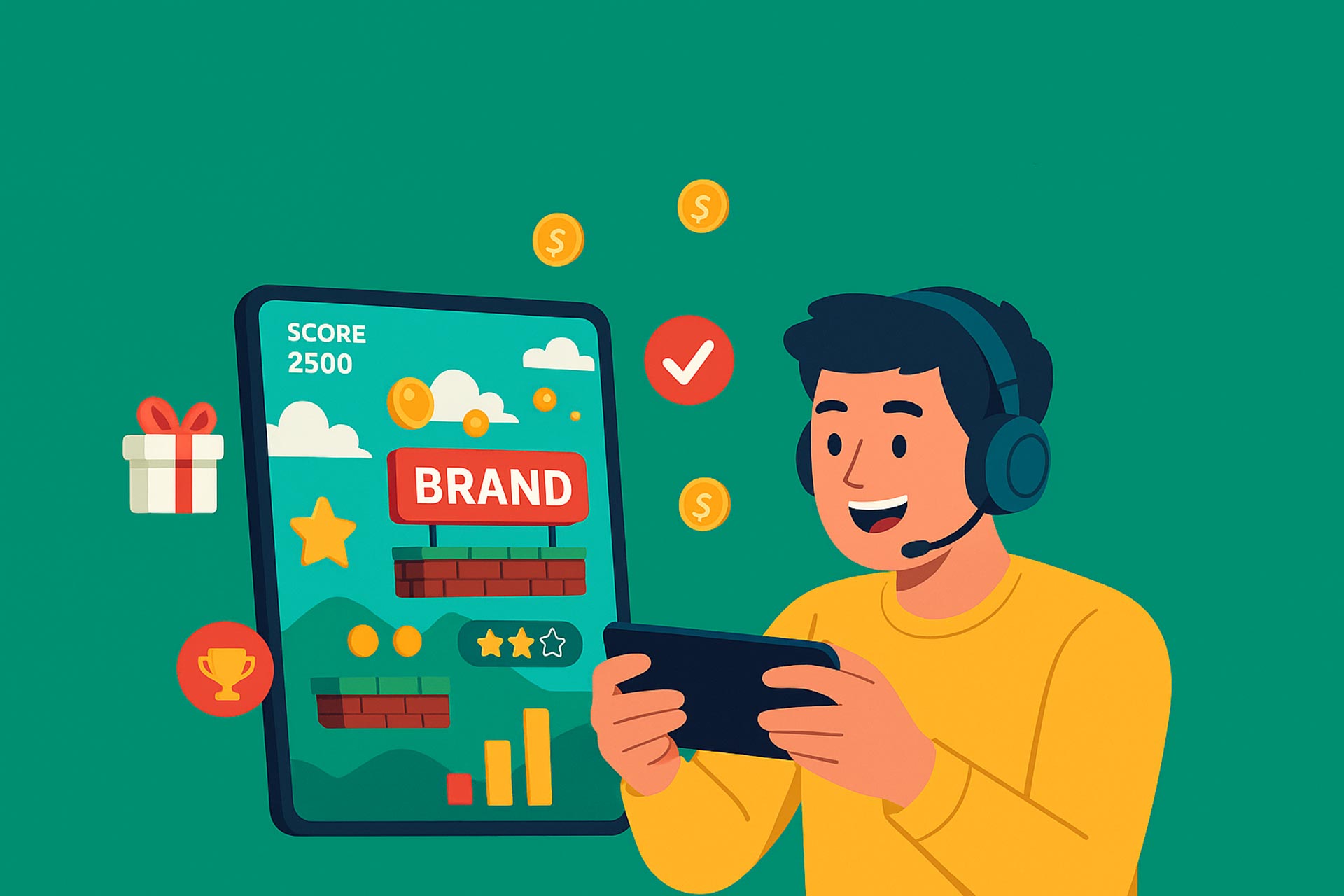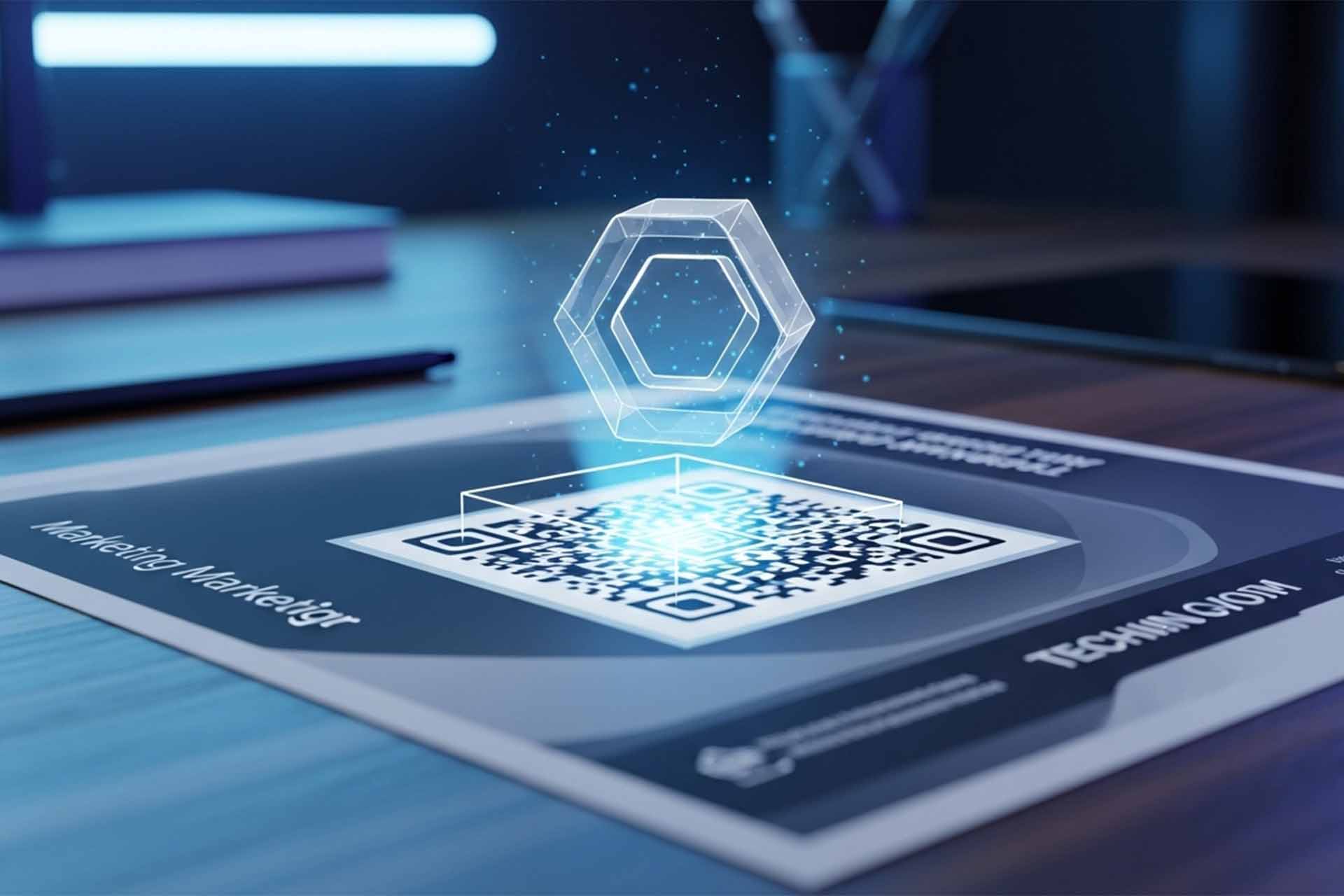
How Gamification Is Transforming Digital Marketing
Why Are Brands Turning to Gamification?
In today’s fast-paced digital world, attention spans are shorter, and traditional ads are no longer enough to capture a user’s interest. That’s where gamification in digital marketing comes in—a strategy that transforms passive viewers into active participants. By incorporating game-like elements into marketing campaigns, brands can build loyalty, gather valuable data, and drive conversions in fun, memorable ways.
1. Boosting Engagement Through Interactive Fun
One of the most powerful effects of gamification in digital marketing is turning users into players. Whether it’s earning points, competing on leaderboards, or unlocking levels, these interactive features encourage people to spend more time with your content—and more time means stronger brand recall.
🎯 Tip: The longer the user plays, the deeper the emotional connection with your brand becomes.
2. Strengthening Customer Loyalty
Gamified campaigns do more than entertain—they build lasting relationships. Features like progress tracking, exclusive rewards, and personalized experiences create a sense of achievement and encourage users to return regularly. This repeat interaction increases customer lifetime value and brand loyalty.
3. Driving Conversions and Sales with Game Logic
Game mechanics can guide users toward specific actions, like signing up, making a purchase, or referring a friend. Limited-time offers, unlockable discounts, and timed challenges trigger a sense of urgency, making your sales funnel more effective—and much more fun.
4. Collecting First-Party Data the Smart Way
Instead of relying on third-party cookies, gamified experiences prompt users to willingly share personal data in exchange for better rewards or more personalized content. Quizzes, surveys, and custom challenges are all great ways to collect valuable insights without violating trust.
5. Increasing Brand Awareness and Memorability
Games leave a lasting impression. When users interact with your brand in a playful way, they’re more likely to remember it. Branded mini-games and interactive contests also encourage sharing on social media, widening your reach organically.
🚀 A well-designed branded game can spread faster than a paid ad.
6. Personalization and Relevance at Scale
Advanced gamification platforms tailor the user experience based on individual behavior and preferences. This makes each interaction feel personal—and far from a generic ad. Customized content, levels, and incentives create meaningful connections between user and brand.
Real-Life Examples of Gamification in Digital Marketing
- ⭐ Loyalty programs – Starbucks Rewards offers stars for purchases that unlock perks.
- ❓ Interactive quizzes – Help users find the right product with playful questions.
- 🏃 Nike Run Club – Tracks activity and rewards users with badges and challenges.
- 🎡 Spin-the-wheel coupons – Grab attention and boost conversions.
- 🎮 Branded mini-games – McDonald’s Monopoly combines fun and fast food.
- 🕶️ AR-powered campaigns – Pepsi’s augmented reality soccer game engaged millions.
Key Questions About Gamification in Digital Marketing
What is gamification in marketing?
It’s the use of game elements like points, badges, and levels in non-game contexts to engage users and drive actions.
How does gamification help collect data?
It encourages users to share information voluntarily through quizzes, signup rewards, and interactive forms.
Is gamification effective for all industries?
Yes. From retail to fitness to finance, any brand can benefit by tailoring game mechanics to its audience.
At Loop Media, we see gamification in digital marketing as more than just a creative twist—it’s a powerful strategy to build deeper, more dynamic relationships between brands and audiences. By combining fun, interaction, and smart design, we help our clients create campaigns that not only attract attention but also inspire action and loyalty.
This article is available in Arabic. You can read the Arabic version [here].
 العربية
العربية


